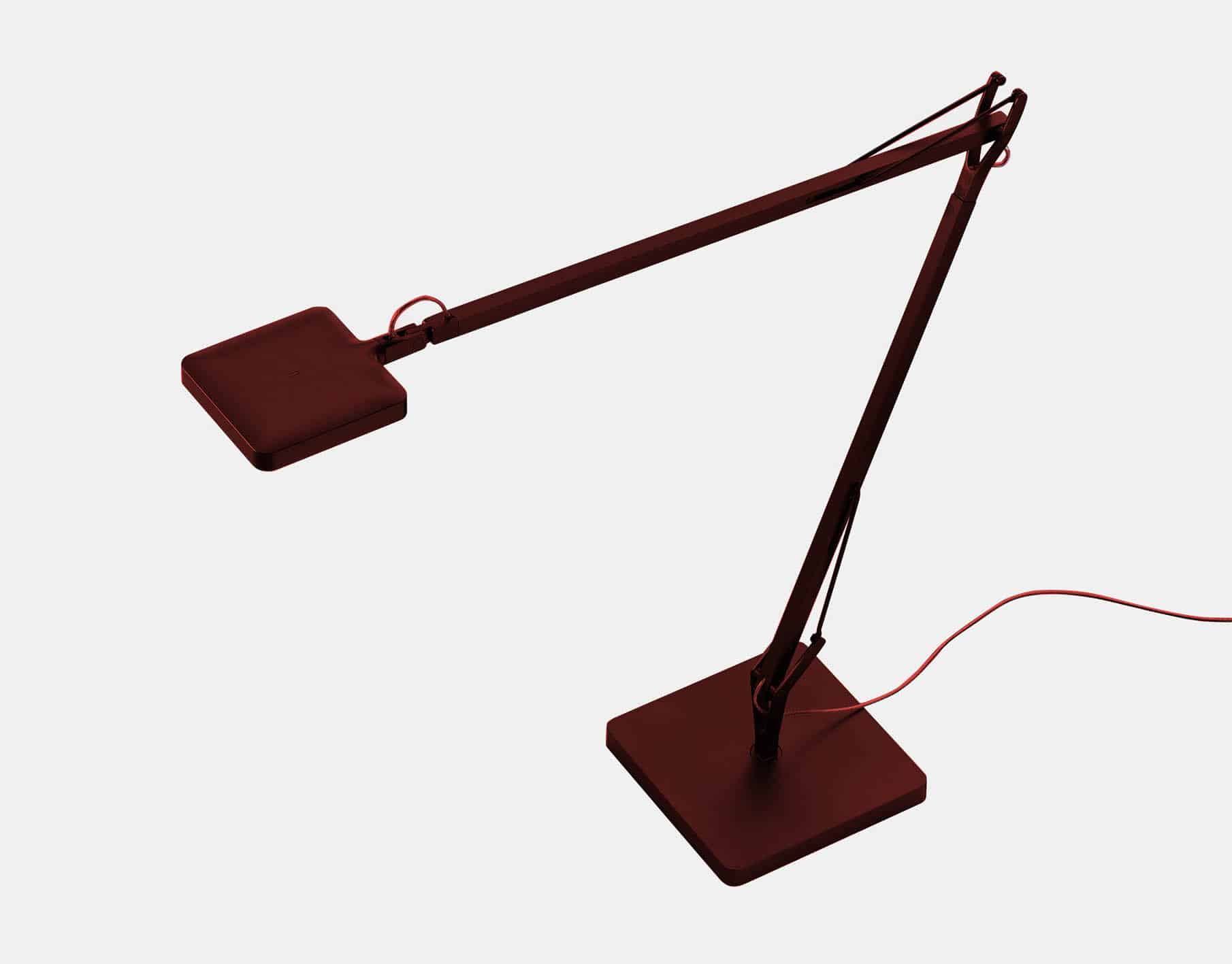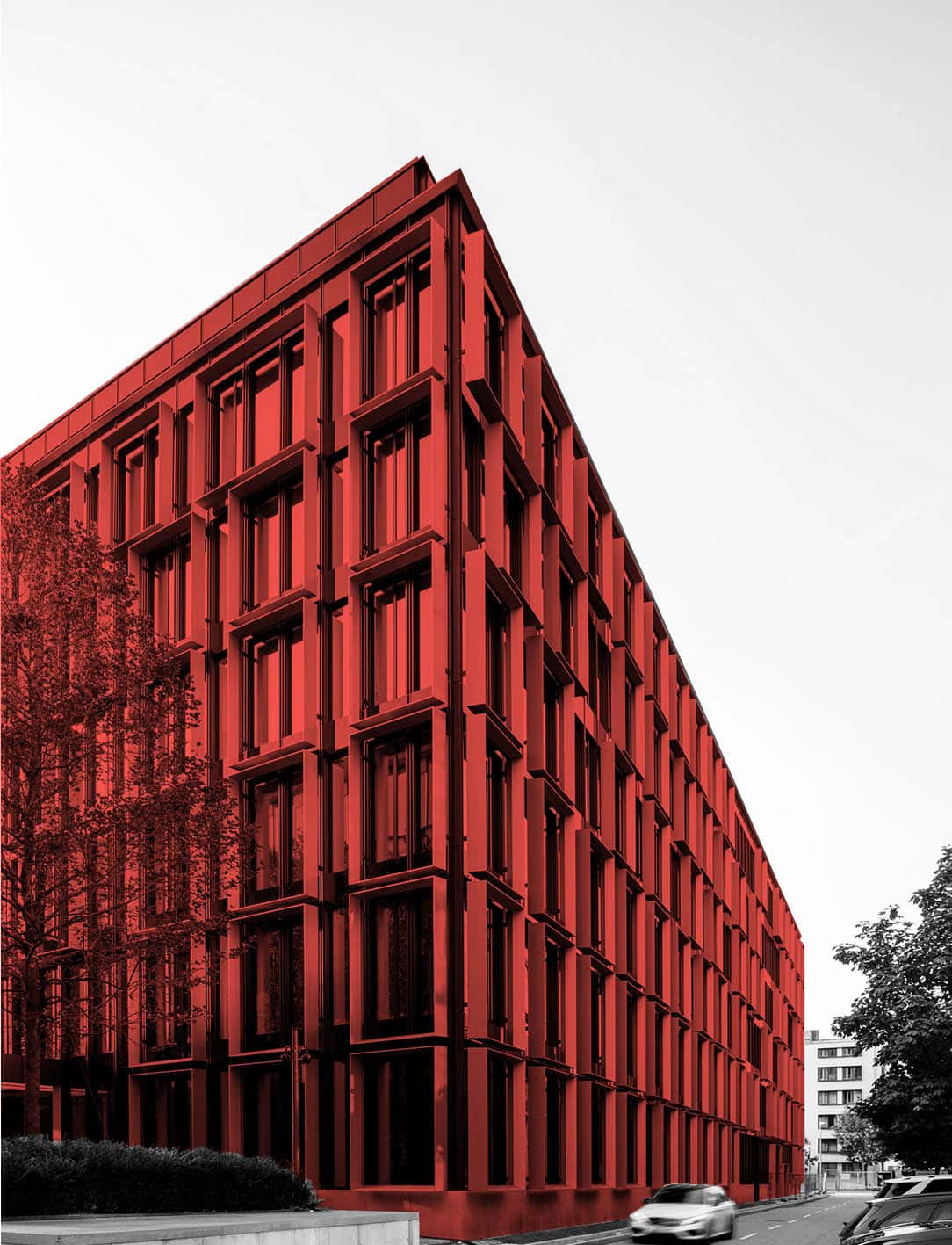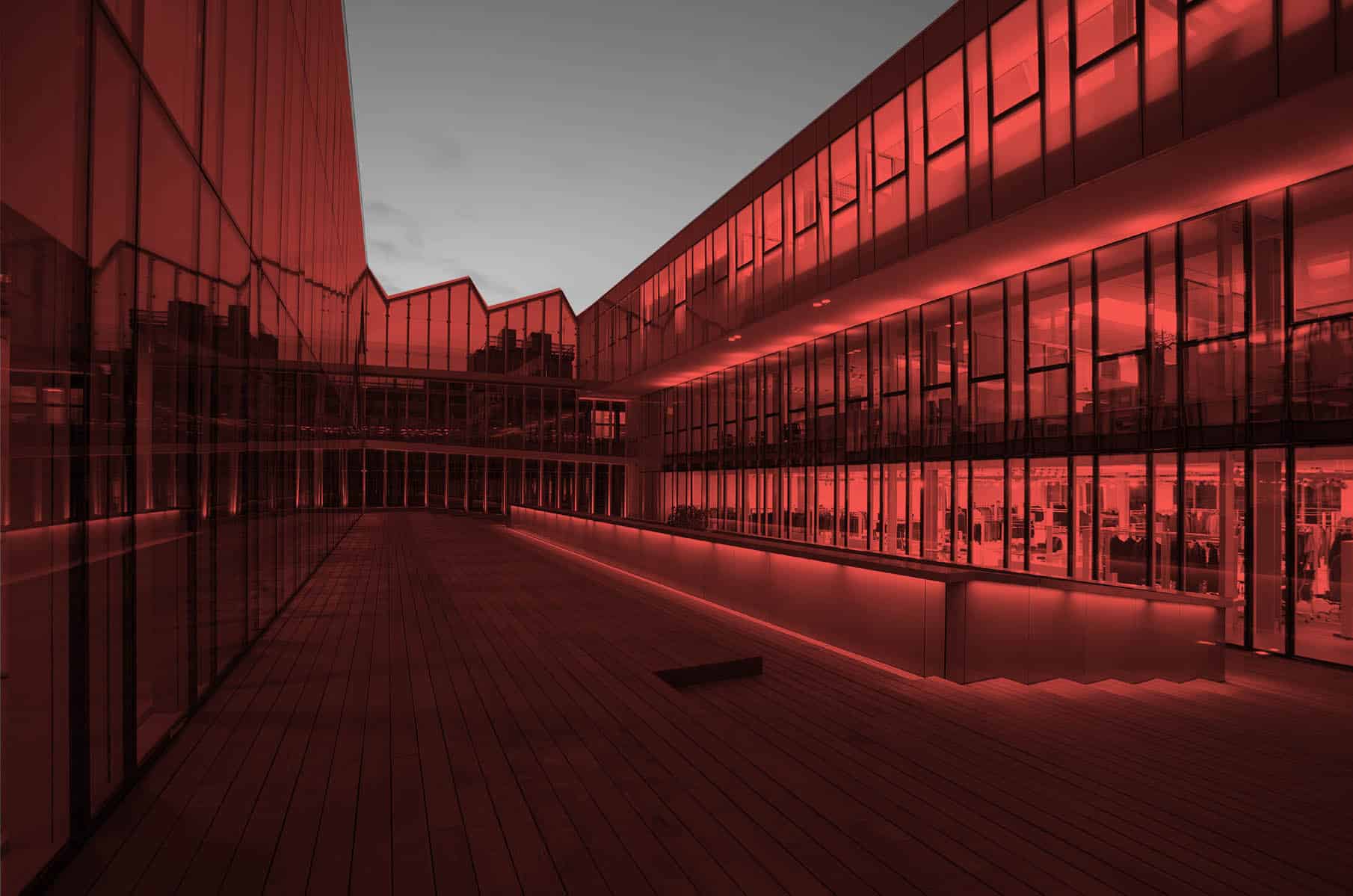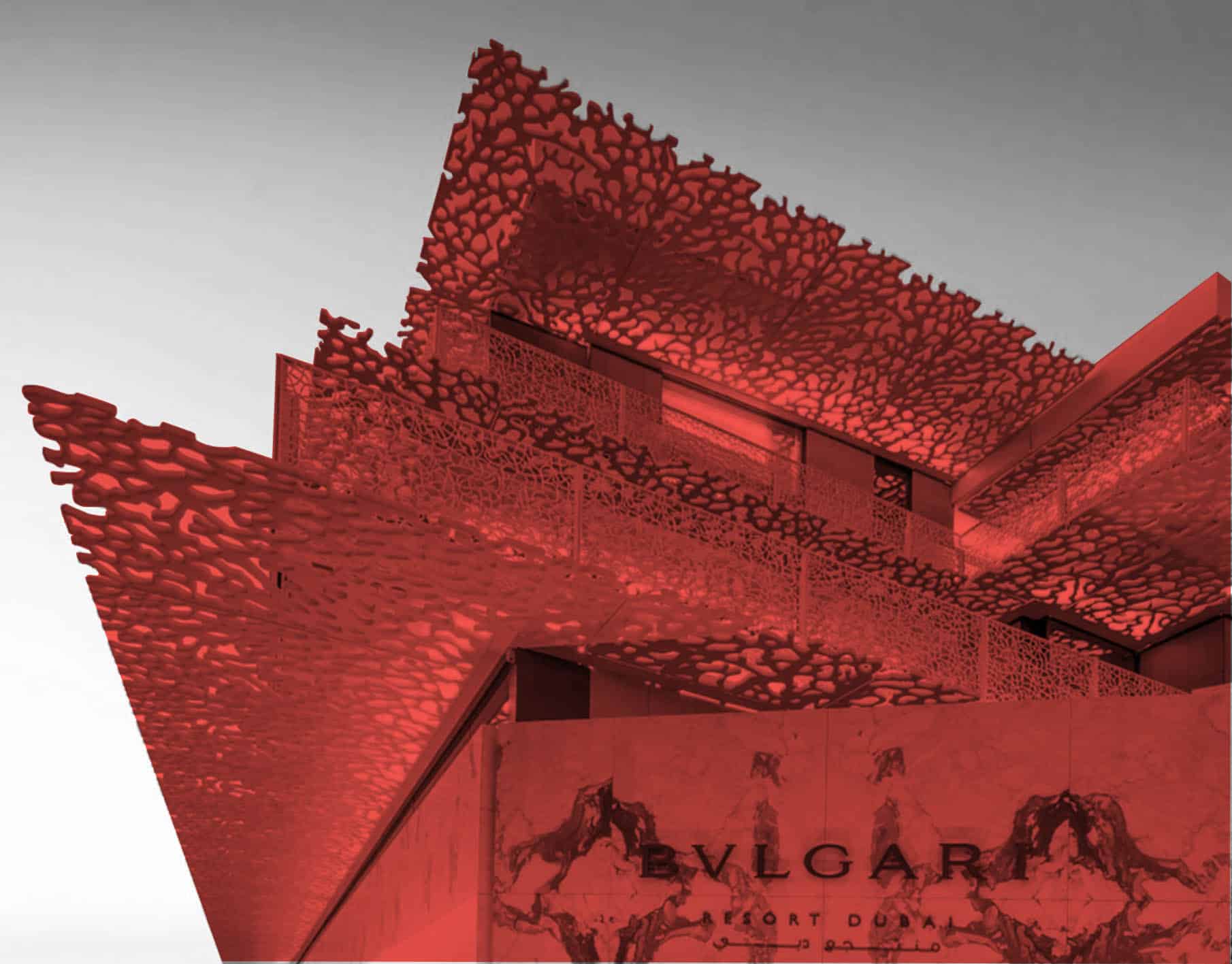INTERIOR
The ABC of design #Antonio Citterio
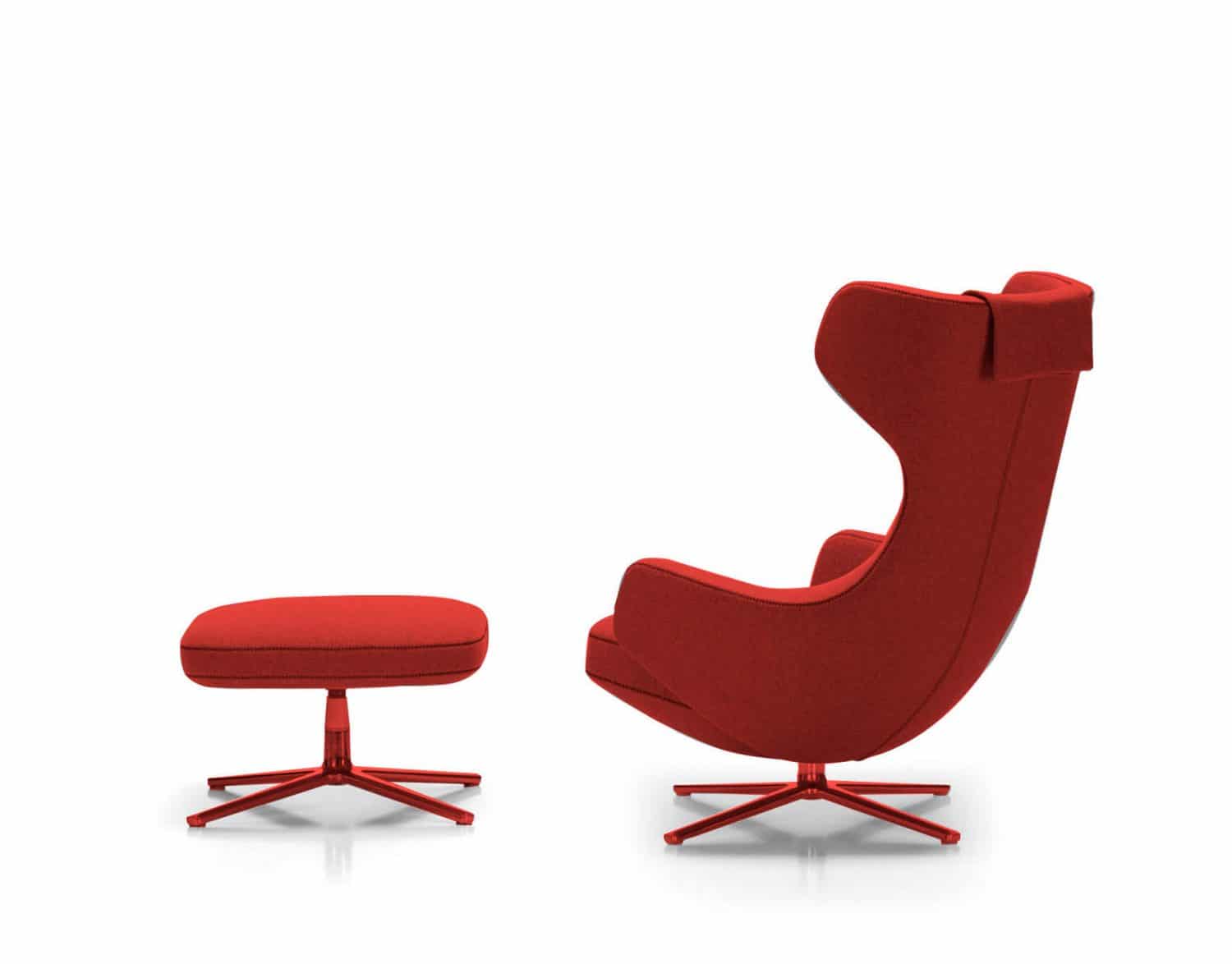
Possessor of a long and tedious career since he obtained the title of Architect in 1972, the Lombard Antonio Citterio has followed the trail of Gió Ponti in terms of a wide approach to the discipline that has allowed him to move comfortably on radically different scales, from product design, with which he obtained his first recognition when obtaining a Compasso d’Oro in 1987 for the Sity modular sofa, until reaching the urban scale, in interventions such as the Master Plan for the Symbiosis Business district in the south of Milan.
También le ha llevado a intervenir en prácticamente todo el mundo, desde Milán donde se afinca su estudio, hasta Bangkok, donde está levantando actualmente un rascacielos cartesiano. A pesar de esta variedad de escalas y programas, la obra de Antonio Citterio (con Patricia Viel como socia desde 2000) no duda en descender al detalle, al diseño de los asientos, de la iluminación y del recorrido como si se tratara de un diseño de interior o de diseño de producto, en obras como la Piazza Alboreto en Rozzano, Milán (2006).It has also led him to intervene in practically the entire world, from Milan where his studio is based, to Bangkok, where he is currently building a Cartesian skyscraper. Despite this variety of scales and programs, the work of Antonio Citterio (with Patricia Viel as a partner since 2000) does not hesitate to descend into the detail, the design of the seating, the lighting and the route as if it were an interior design or product design, in works such as the Piazza Alboreto in Rozzano, Milan (2006).
Micro and macro perspectives should be nourished in the design studio.Antonio Citterio and Patricia Viel
Both in its already classic pieces of furniture, such as the ABC chair for Flexform or the AC1 office chairs for Vitra, as well as in its numerous and ambitious pieces of corporate architecture, such as the factory for Vitra or the headquarters of the Ermenegildo Zegna group (2007) , the work of Citterio renounces the strong gestures or formal styles that would make it easily identifiable and reproducible to look for elegant, durable and perfectly executed structures that respond to their needs and their immediate context.
Along with corporate architecture, interior design for hotels has become a recurred element in the architecture of Citterio and Viel. Since it was launched, he has been responsible for making interiors in various locations for the hotels if the Italian luxury firm Bulgari, including their recently-opened resort in Shanghai.



